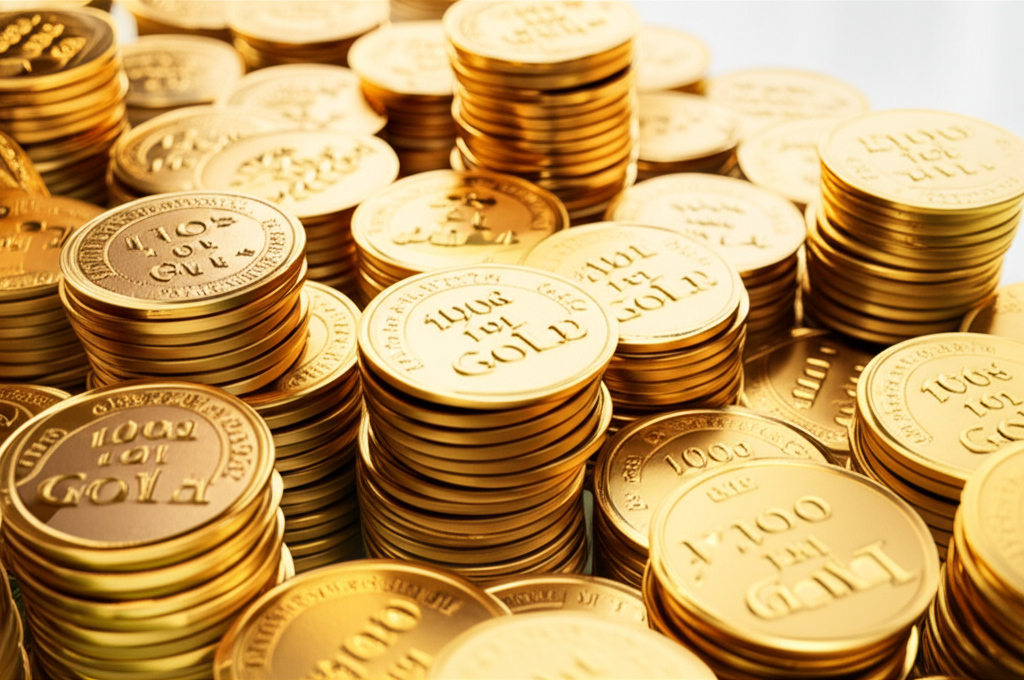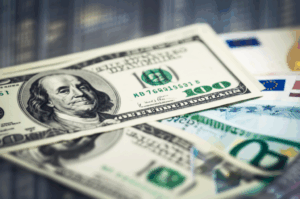US Dollar’s Back-and-Forth Hides a Bigger Gold Setup
The United States dollar has been charting a rather erratic course lately, performing a “back-and-forth” dance that has kept currency traders and economists on their toes. One day it strengthens on robust economic data or hawkish Federal Reserve commentary, the next it retreats amid global risk-on sentiment or hints of a potential shift in monetary policy. This apparent indecision in the world’s reserve currency might seem like mere market noise, yet for those willing to look beyond the immediate fluctuations, it appears to be subtly concealing a more profound and potentially bullish setup for gold.
Typically, the relationship between the US dollar and gold is an inverse one. A stronger dollar makes gold, which is priced in the greenback, more expensive for international buyers, thus dampening demand. Conversely, a weaker dollar tends to bolster gold’s appeal. However, the current environment presents a nuanced picture where this traditional correlation appears to be less dominant than deeper, underlying currents. The dollar’s oscillation, rather than dictating gold’s fate, seems to be providing a smokescreen, allowing persistent, structural demand for the yellow metal to build largely unnoticed by the casual observer fixated on daily currency swings.
What exactly is this “bigger gold setup” that is quietly unfolding? Several interconnected factors contribute to gold’s burgeoning appeal, irrespective of the dollar’s short-term whims. First and foremost is the unprecedented and sustained purchasing of gold by global central banks. For many quarters, monetary authorities worldwide have been net buyers, accumulating vast quantities of the precious metal for their reserves. This trend is driven by a desire for diversification away from traditional reserve assets, particularly the US dollar, in an increasingly fragmented geopolitical landscape. Geopolitical uncertainties, ranging from ongoing conflicts to heightened trade tensions and the erosion of global economic cooperation, invariably push nations towards tangible, universally accepted safe havens like gold. This strategic accumulation by sovereign entities provides a robust and consistent floor for gold prices, a demand source that transcends the day-to-day fluctuations of the dollar.
Beyond central bank activity, underlying concerns about inflation and the long-term stability of fiat currencies are also playing a significant role. While inflation figures in major economies might be moderating from their peaks, the memory of rampant price increases and the sheer volume of global debt amassed over recent decades linger. Investors, including young adults looking to safeguard future wealth, are increasingly eyeing gold as a hedge against potential currency debasement and systemic financial risks. It offers a tangible store of value that cannot be printed or devalued by government decree, a property that becomes increasingly attractive in an era of expansive fiscal policies and unprecedented global debt levels. Moreover, the anticipation of a potential pivot in monetary policy by major central banks, particularly the Federal Reserve, also underpins gold’s outlook. While higher interest rates generally make non-yielding gold less attractive, the market is beginning to price in the eventual end of tightening cycles and even potential rate cuts in the future. As the dollar’s “back-and-forth” reflects uncertainty about the Fed’s next move, gold’s ability to shine through this ambiguity suggests a forward-looking market. The prospect of lower real interest rates down the line serves as a powerful tailwind for gold, making its current accumulation particularly strategic.
In essence, the dollar’s volatile, back-and-forth movements are a distraction, a kind of financial market illusion that draws attention away from more profound shifts in global asset allocation. While the greenback reacts to a myriad of short-term economic indicators and central bank pronouncements, gold is benefiting from deeper, more fundamental forces: geopolitical hedging by nations, a persistent search for real value in an era of mounting debt, and a cautious eye toward future monetary policy shifts. For young investors navigating these complex waters, understanding the nuanced interplay between currency dynamics and underlying asset fundamentals is key. The current gold setup is not merely a reaction to dollar weakness; it’s a strategic re-positioning driven by long-term macroeconomic and geopolitical realities that savvy market participants are increasingly recognizing. The dollar’s dance may be captivating, but it’s the quiet strength building beneath the surface for gold that warrants closer inspection.





